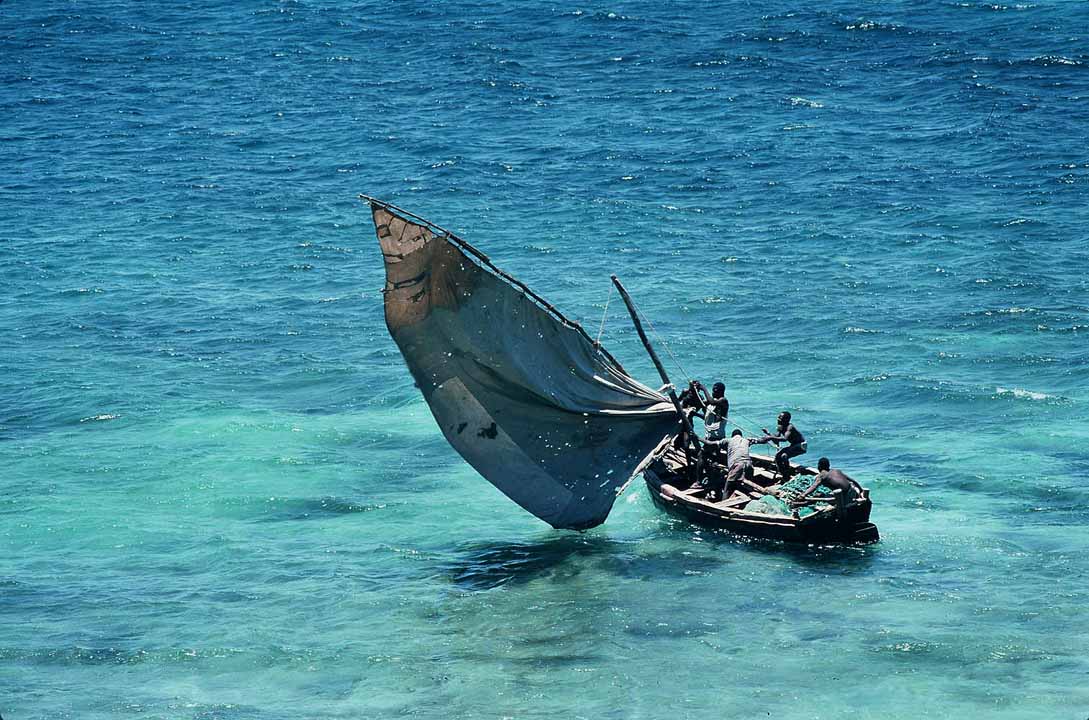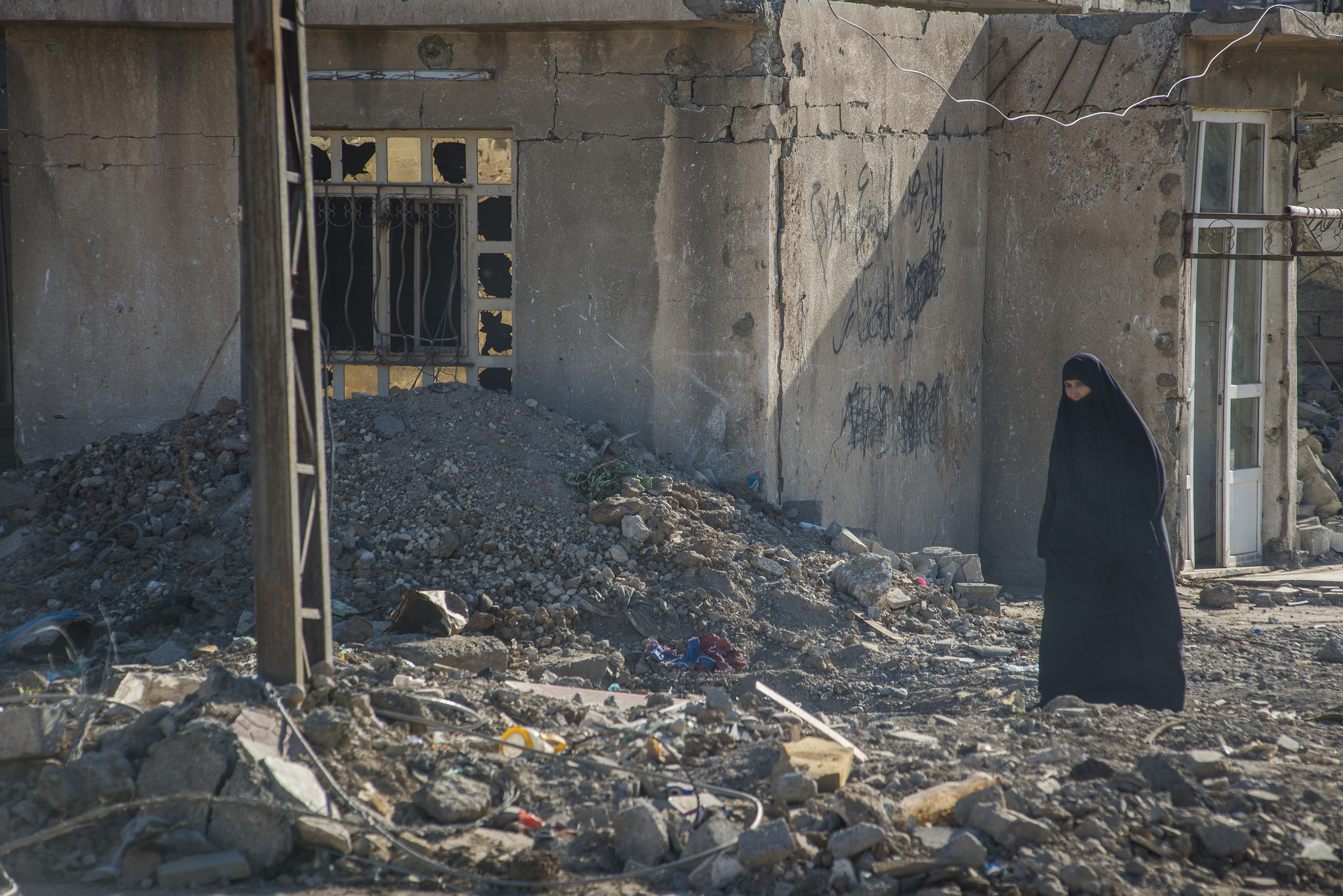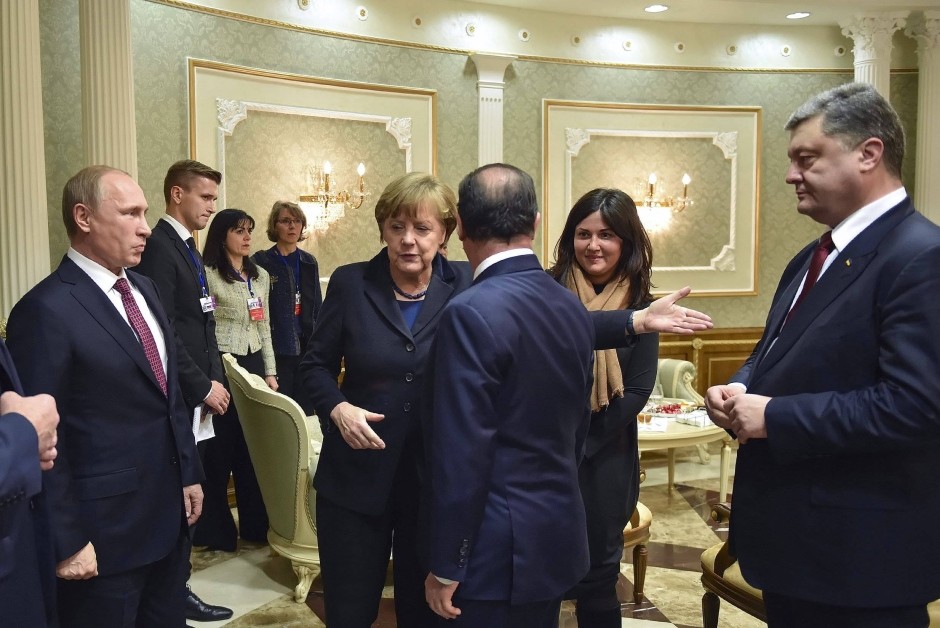Guest post by Philip A. Martin
As the world digests the remarkable collapse of the US-backed regime in Afghanistan, the critical question is whether the Taliban can actually govern the country. There are already signs that many urban Afghans reject the legitimacy of Taliban rule and are prepared to organize public protests, which could escalate into large-scale street violence. The presence of ethnic and regional militias hostile to the Taliban, along with defunct units of the Afghan security forces, could also form the basis for an armed resistance movement.
The more immediate problem for the Taliban, however, is to maintain cohesion among its own military ranks as it makes the transition from insurgency to incumbency. History suggests this will be difficult. Afghanistan’s immediate future hinges less on the actions of foreign powers like the United States, and more on the ability of the country’s new political and military leadership to rule as a unified regime.
The Day After: Political Order after Rebel Victory
The conventional wisdom among people who study civil wars is that rebel victories—like the Taliban’s—are good for stability. The Rwandan Patriotic Front (RPF) in Rwanda, the Tigray People’s Liberation Front (TPLF) in Ethiopia, and communist insurgencies in China and Vietnam are all examples of non-state armed groups who won wars and built capable national armies and durable governments. The rebels, in these cases, made effective rulers because their organizational capabilities allowed them to monopolize violence, deter new challengers, and create highly loyal security forces. Moreover, winning insurgents often capture power because they have gained allegiance from significant numbers of civilians, providing a popular support base for the new regime.
But not all rebel groups sustain the loyalty of their military troops after winning power. Think of the collapse of the Séléka rebel movement, which briefly seized power in the Central African Republic in 2013, or the failed efforts in Libya to integrate anti-Ghaddafi rebels into a unified army since 2011. In fact, in a forthcoming study, I find that in over half of rebel victories, new governments collapse into infighting, are overtaken by military coup d’états, or suffer major defections by ex-rebel soldiers.
Rebels struggle to keep their coalitions together for many reasons. One problem is the massive amount of uncertainty during war-to-peace transitions. Field commanders and soldiers in the winning rebel army expect to be rewarded with positions in a new military, but top leaders often lack the resources to integrate all rebel troops. Moreover, rebel leaders often cut deals with toppled military officers in order to prevent future resistance, leaving less room in the postwar army for rebel soldiers and commanders. Finally, even hard-boiled insurgencies like the Taliban seek recognition from foreign audiences and donors. This gives rebel leaders incentives to purge hardline supporters who are deemed unacceptable by the international community.
As a result of this uncertainty, fighters and commanders in winning rebel groups often fear becoming lost in the postwar shuffle. Sooner or later, some commanders may decide that the best way to preserve their political power is to challenge the very regime they helped to install.
Can the Taliban Keep the Peace?
Winning rebel groups who overcome these challenges and build stable regimes tend to have a few things in common. First, winning insurgents who fight intense, bloody wars on their path to power—like the RPF or the Chinese communists—are more likely to develop strong solidarity bonds among their leaders and commanders, which can translate into enduring cooperation in the postwar period.
In this respect, the battle-hardened Taliban are well positioned to maintain obedience from their members. Having waged a protracted and bloody insurgency against the Western-supported Afghan regime for nearly twenty years, the Taliban has had ample time to develop strong internal discipline, esprit de corps, and solidarity across its organization. Many current Taliban leaders have spent decades together on the battlefield or in prison, which may help them maintain the loyalty of rank-and-file fighters and field commanders.
A second important factor is whether the winning rebel group represents an ethnically homogenous or diverse coalition. If leaders, field commanders, and foot soldiers are part of rival ethnic groups, each will have less information about the interests and capacities of the other, and won’t be able to rely on norms of reciprocity. Ethnically diverse rebel coalitions—such as those in Libya or the Central African Republic—are at greater risk of fragmenting after seizing power.
The social cleavages within the Taliban are somewhat murky. The Afghan Taliban is dominated by Sunni Pashtuns, potentially providing a homogenous social bloc at the core of the new Afghan regime and military. However, the Taliban didn’t conquer Afghanistan alone. Perhaps dozens of other armed groups—including foreign jihadists and local ethnic militias—fought alongside the Taliban against the US-backed government. How long will they remain loyal to the Taliban’s central leadership now that their common enemies are defeated? If the demands of these groups to have positions in a new Afghan military are not fulfilled, how long will the Taliban be able to command their allegiance?
An Uncertain Future
We still know very little about what a Taliban-ruled Afghanistan will look like, and how the new regime intends to govern. But the Taliban’s victory will be short-lived if the movement is unable to sustain cohesion and loyalty from its own armed forces as it attempts to establish a new political order. To truly end Afghanistan’s violent conflict—which has been ongoing for 43 consecutive years—the Taliban will have to monopolize the use of violence and settle the question of “who rules,” which is at the heart of all civil wars. It is far from certain that the new regime in Kabul is prepared to do so.
Philip Andrew Martin is an Assistant Professor at the Schar School of Policy & Government at George Mason University. The study cited in this article is forthcoming at International Security.








1 comment
One would think that the breath and depth of repression the Taliban has manifest in the past, and the 20 years more or less of at least a modicum of autonomy especially for women, would be a fissure the Taliban will have to try to close. Either Keep, even expand autonomy,mor revert to inhumane repression, especially of women.
In other words where does the presence or absence of justice fit in your analysis?